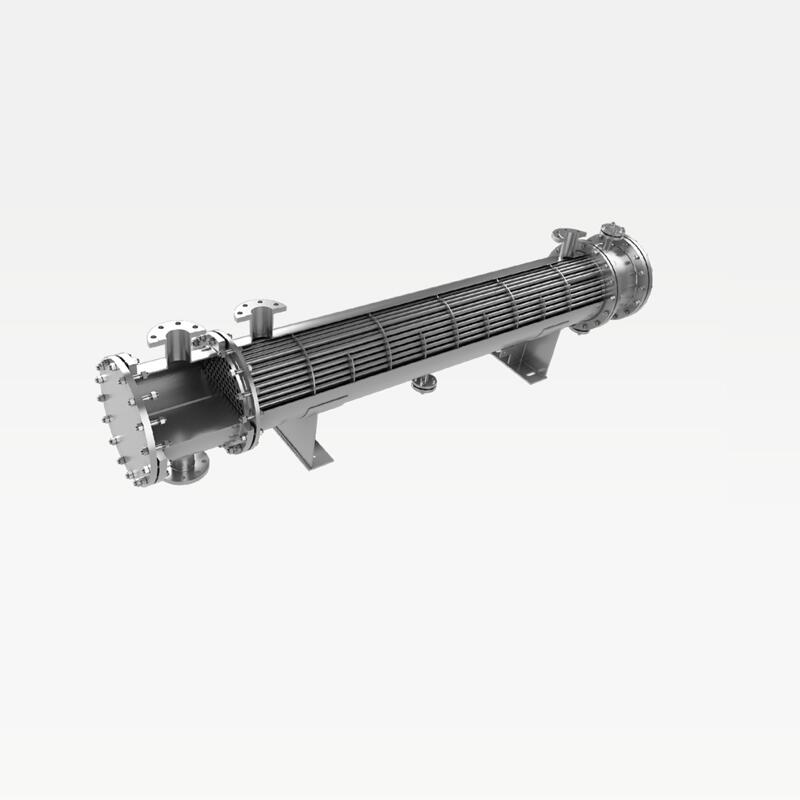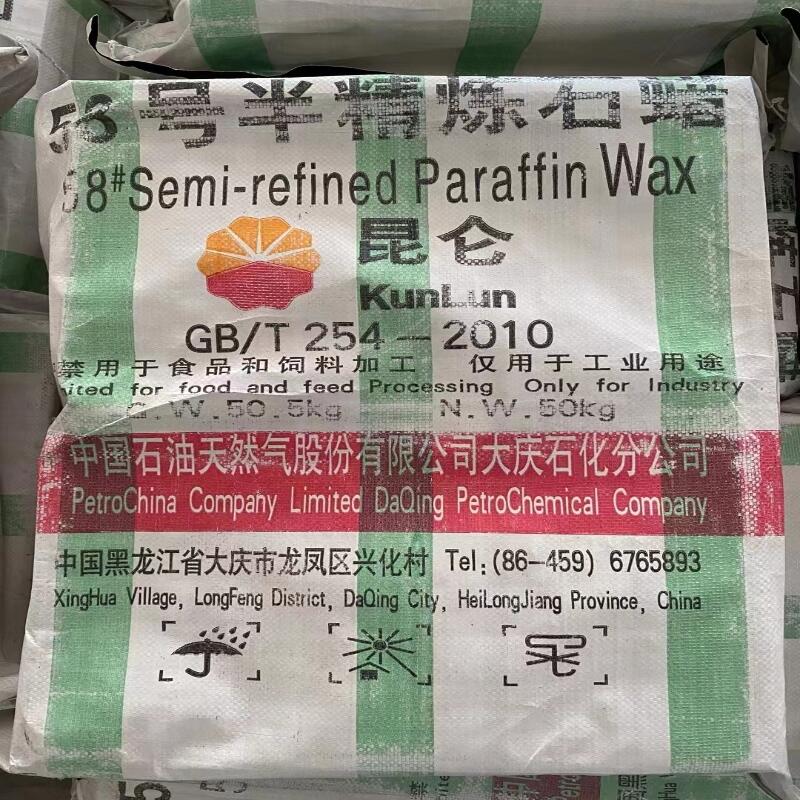-
Categories
-
Pharmaceutical Intermediates
-
Active Pharmaceutical Ingredients
-
Food Additives
- Industrial Coatings
- Agrochemicals
- Dyes and Pigments
- Surfactant
- Flavors and Fragrances
- Chemical Reagents
- Catalyst and Auxiliary
- Natural Products
- Inorganic Chemistry
-
Organic Chemistry
-
Biochemical Engineering
- Analytical Chemistry
-
Cosmetic Ingredient
- Water Treatment Chemical
-
Pharmaceutical Intermediates
Promotion
ECHEMI Mall
Wholesale
Weekly Price
Exhibition
News
-
Trade Service
Paraffin, in fact, is a very broad concept, Du Niang's description of it is: paraffin, also known as crystalline wax, is a mixture
of hydrocarbons with a carbon atomic number of about 18-30.
So obviously, paraffin wax is a mixture
.
Therefore, it does not have a strict melting point
like pure compounds.
How is the melting point of paraffin determined? Under the specified conditions, the already melted paraffin wax is cooled, and when the temperature of the stagnation period first appears on the cooling curve, this temperature is the melting point
of the paraffin.
Paraffin melting point tester operation steps:
1.
Before use, you need to connect the power supply, hot stage, sensor and microscope and install it
.
2.
Measurement preparation: Place the cover glass and the material to be measured in the center area of the hot stage, select the magnification and clearly adjust the microscope image
.
After the inspection, turn on the power switch, and the instrument enters the test state
.
The instrument displays the temperature value
.
3.
Set the upper and lower limits of temperature: turn the function selection switch to the lower limit side, adjust the lower limit knob to set the lower temperature limit: then turn the function selection switch to the upper limit side to adjust the upper limit knob to set the upper temperature limit
.
The upper and lower limit values should be higher than the melting point value to be measured, otherwise the temperature will no longer heat up when the upper limit is reached
.
4.
Temperature rise: Turn the function selection switch to the middle measurement position
.
At this point, the LED displays the temperature value of the thermal table and the temperature indicator lights up green
.
The temperature rise adjustment knob infinitely controls the intensity of the heating power to reach the speed
of the hot table temperature.
The voltmeter needle is fast when it moves to the right and slow
when it moves to the left.
When the temperature value reaches the lower limit, the temperature rise indicator green light turns off
.
5.
Power failure: When the continuous heating reaches the set upper limit value, the power off indicator lights up red, and the hot table stops heating
.
When the temperature drops to the lower limit value, the power off indicates that the red light is off
.
6.
When the instrument sets the control temperature value, because the nickel-cadmium wire in the heating table turns red and heats up after being energized, when the control function is powered off and the red light is on, the temperature display is overshooting, therefore, when setting the control temperature value, it should be less than the melting point value
of the temperature to be measured.
Therefore, when the green light is on after the control function is powered off, adjust the temperature rise adjustment knob again to reduce the heating speed, so that when observed under the microscope, the temperature can slowly approach the melting point temperature of the measured material to achieve the observation effect
.
7.
Turn the heating knob counterclockwise to the end, remove the coverslip and the measured substance with tweezers, and at the same time place the radiator on the hot table to accelerate the heating table to cool down, when the temperature drops to about 20 degrees of melting point, the measurement
can be repeated.
Paraffin melting point tester should have a special person to keep the instrument and be responsible for maintenance; After use, the power should be cut off, and the heating table should be cleaned after cooling; The instrument should be placed in a ventilated, dry, non-corrosive gas environment; The microscope should be covered with a dust cover or placed inside the
instrument case.
Paraffin melting point tester







